| |
Champion Lake Vet Centre
121 Westfield Road,
Camillo WA 6111
| |
|
|
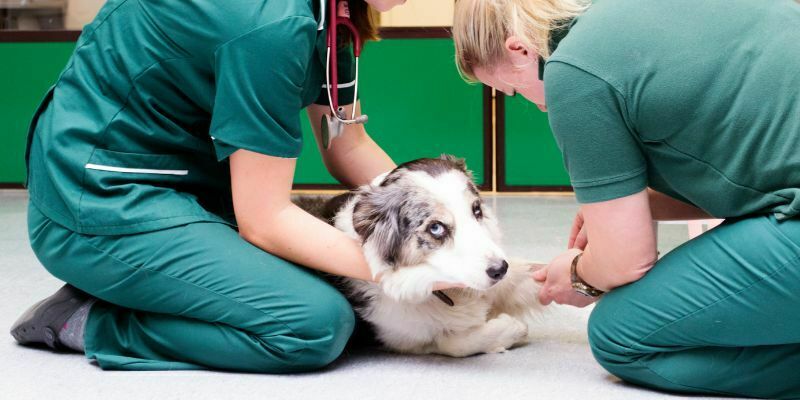 | | | Experiencing an emergency | | | | | | | |
If your pet has ever been affected by a severe injury or illness, you’ll know just how worrying that can be. Here are some tips on how to navigate emergency situations with your pet.
Common symptoms of emergency
Sometimes, you may be unsure about whether your pet classifies as an “emergency case” or not. Here are a few common symptoms that indicate your pet requires urgent care:
- Your pet is having sudden breathing difficulties
- Your pet has collapsed, fainted or is suddenly unable to walk
- Your pet is losing blood via vomit, profuse diarrhoea or a dripping wound
- Your pet is having seizures
- Your pet is unable to pass urine
- Your pet has just suffered obvious physical trauma (e.g. being hit by a car)
Handling your pet
If your pet is in pain or in distress, they may lash out uncharacteristically. To protect yourself and your pet, where possible, try to wrap distressed small pets in towels or blankets before them, and “stretcher” larger pets using blankets.
First aid at home
We would not recommend administering any medication to your pet prior to their urgent appointment (unless the medication has been previously prescribed for this purpose, e.g. anti-seizure medications for a seizuring pet), as this could interfere with pain relief medications we need to administer or even cause further harm.
However, if your pet is dripping blood from a wound, it is OK to try applying light-moderate pressure to the wound by pressing a towel onto it for 4-5 minutes or wrapping a bandage around the site.
Veterinary care
Please clarify with our helpful team about the best point of contact for any after-hours emergencies. If possible, it’s also helpful to phone when you are on your way down to the clinic for emergency care, so we can prepare for your arrival.
With some preparation, you can stay calm and collected to best assist your pet in an emergency situation.
| |
|
|
 | | | Giving your cat a chill pill | | | | | | | | Cats are often very sensitive to their surroundings, and unfortunately sometimes a visit to the veterinary clinic can be a stressful time for our feline friends. The carrier, the car ride, the sounds and smells of other animals, and the unfamiliar environment can all make for a rather scary experience!
But with some training and preparation, you can reduce your cat’s stress and make vet visits more approachable. Here’s how.
Cat carrier training
Many cats only see their carrier when it’s brought out (normally dusty from a cupboard or the garage) in time for the cat to be unceremoniously pushed inside to be transported to the vet or to boarding. For obvious reasons, this quickly creates a negative association with the carrier!
Help your cat to see their carrier as a familiar, safe haven by making it another comfortable resting spot in the house. Carriers with a front opening (as well as a top opening – for easy access at the vet clinic!) work best for this, as you can place comfortable bedding inside the carrier, and leave it with its door open for your cat to wander in and out of. It can also help to intermittently place some of your cat’s favourite tasty treats into the carrier.
Cat carrier preparation
If a vet visit is required, spraying some calming feline scent hormone product into the carrier ten minutes prior to putting your cat inside can help them to feel less anxious.
It can also help to cover ¾ of the carrier with a light towel to give your cat a feeling of security, without limiting ventilation.
If you still feel like your cat is stressed during veterinary visits or transport, have a chat with our friendly team about the possibility of pre-emptive calming medications. We want to help give your cat the purr-fect veterinary visit experience! | |
|
|
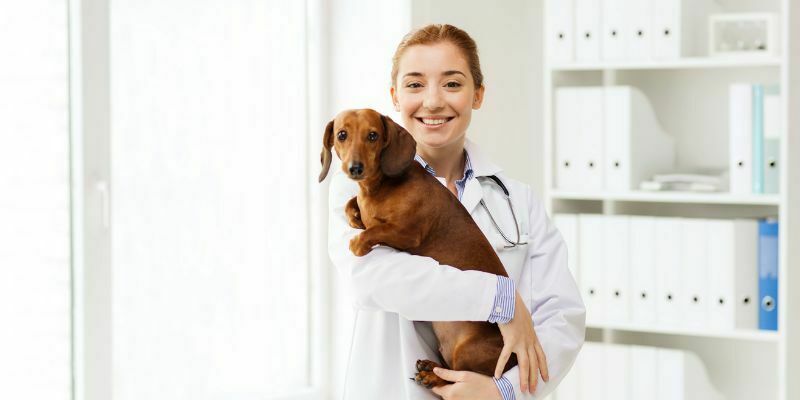 | | | Nervous dog examination 101 | | | | | | | |
Even if your dog is relaxed and friendly at home, the prospect of veterinary treatment may sometimes cause unusually anxious behaviour. After all, dogs may associate the veterinary clinic with being examined or having procedures such as having their rectal temperature checked!
Unfortunately, we can’t explain to your pet that we are actually helping them but we can utilise a combination of positive reinforcement (such as distraction and rewards with pats and treats), gentle restraint, and sometimes calming sedation to safely achieve our healthcare goals in reluctant patients.
Here’s how you can help us to care for your worried dog in the clinic.
Treats
We have pet treats in the clinic, but it can help if you don’t feed your dog for several hours prior to coming in, so they’re more receptive to snacks.
If your dog is picky with treats or has any special dietary needs, it’s best for you to bring along some of their favourite treats from home for us to use.
Restraint
Provided it is safe for you to do so, it can be helpful for you to perform a calming but firm “hug-hold” on your nervous dog whilst we’re examining them. This involves your dog standing or sitting (on the floor or on the examination table, depending on their size), pressed side-on against your front body, with one of your arms passing under their neck to press their head against your shoulder, and the other arm passing over their back to hug their body close to you.
Further measures
If your dog is particularly anxious or shows nervous-aggressive tendencies, our vets will discuss further measures, which may include more behaviour therapy, anti-anxiety medications prior to consultations, or muzzle training.
If you feel your pet is likely to become very stressed in the clinic, give our friendly team a call to ask for further advice. Our goal is low-stress health care for every pet!
| |
|
|
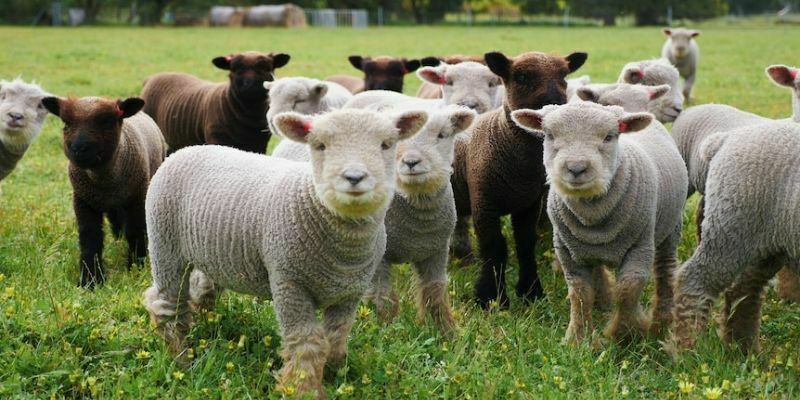 | | | Animal News In Brief | | | | | | | | Image: Babydoll Southdowns sheep, source: ABC News
Here come the Babydolls!
Originally imported from England in the 1790’s, the Babydoll Southdown’s numbers are on the rise, with several breeders now operating across Australia. “They are a lot like the Labradors of the sheep world,” said West Australian sheep breeder Deb Royans. “I really wanted a small, easy-to-handle animal that would appeal to the public and after a lot of research, that’s what we picked up.” With their charming woolly beards and ‘boots’, the Babydoll is a uniquely cute and cuddlier addition to the Australian market, which has traditionally focused on sheep with clean faces and legs, to suit our hot climate. “I just love them. It’s a great little breed… it’s so versatile and I’m really happy with it,” said Ms Royans. While the wool-quality of the Australian Babydoll doesn’t yet make industry standard, they’re in demand as excellent lawn mowers. “We've got wineries and vineyards looking for a small animal… we’ve made up the rest of our market with pets and tourism… Then there are hobby farmers wanting small sheep that they can handle easily on 5-acre lots,”said Ms. Royans. So, while the Australian Babydoll Southdown’s wool may not be made for the jumper industry, their fleecy boots are certainly made for walking around petting zoos and hobby farms. After all, they’ve got a face the public should rightly flock to see!
Read Deb Royans’ full interview with ABC News.
Seeing the best in senior dogs
It’s a sad truth that some aspiring pet owners, overwhelmed by the responsibilities of animal care, supply shelters across the country with a steady stream of abandoned animals. Sadder still is the fact that many older animals are simply overlooked at adoption time, until now. Several families across Australia are embracing the benefits of adopting older dogs, and making the final chapters of their lives some of the most enjoyable.
Elderly owners such as Malcom Wright, 78, are seeking similarly senior companions. “My dog had died last week and she was an older dog and I thought because I'm 78, it's no good adopting a puppy," said Wright. "I thought it would be good to give an old dog a home — an old dog that needs a last place to go”. Others, like tattoo artist Ruby Black, are simply happy to welcome an older dog, and avoid the significant time commitment of training an energetic puppy from scratch. "Even though we knew she might cost us some money in the future I also knew that she was a great dog with such a gentle soul. She deserved a shot at a loving home for the rest of her life, even if it might be short.” While it may not automatically be the case for all adopted senior dogs, other interviewees noted calmer temperaments, better socialisation with other animals, and confidence when left home alone (compared to untrained puppies), as additional benefits to adopting older animals.
Enjoy more stories about pet owners adopting senior dogs from ABC News.
Fruity business for Max and Riley
Move over Paw Patrol, there are two new canine heroes in town! Riley and Max, formerly trained to sniff out suspect human activity, have recently retrained to target and snuff out the fruit fly. There are currently 15 fruit fly outbreaks across the Riverland region of South Australia. “This is a really important tool, one of the many tools we are utilising in the fight against fruit fly in our state. It’s so important to our $1.2 billion horticulture industry,” said Primary Industries Minister Claire Scraven. Originally from the Riverland area, Danny and Gemma Wood are the father and daughter team responsible for training Australia’s first-ever fruit fly sniffer dogs. They say the cause is close to their hearts. “Fruit fly outbreak is affecting our friends and family day in, day out,’ says Gemma. The Woods used sterile larvae to train the dogs to recognise and locate the fruit fly. They then alert trainers to their discovery by dropping. The best part for Max and Riley? Getting a tasty treat for every discovery. Max’s performance in a pending four-week trial in the field will determine whether we can expect to see more dogs join the team. Needless to say, the more tasty treats the dogs earn, the more tasty treats from South Australian fruit farmers will end up on our supermarket shelves.
Learn more about South Australia’s fruit fly sniffer dogs at ABC News. | |
|
|
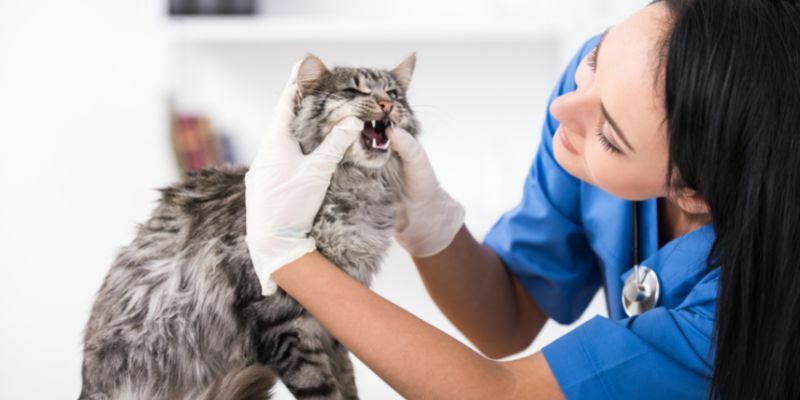 | | | Feasible fees | | | | | | | |
You may wonder why we require regular medication rechecks for pets on long-term medications, and why we charge prescription fees. So we thought to explain why!
Medication rechecks
There are national legal guidelines for the veterinary prescribing, authorising and dispensing of medications, along with related government legislation in regards to prescription medications which our veterinary team must adhere to. Any breach of this legislation can be deemed unprofessional conduct which can, at worst, result in the loss of a veterinarian’s licence to practice.
One such guideline states that the prescription or supply of veterinary medications can only occur within the bounds of a valid veterinarian-client relationship. This requires the vet to have recently seen and examined the pet, and have records relating to this animal.
As a result, our vets are legally bound to re-examine your pet at regular intervals in order to continue long-term prescriptions. Additionally, these re-examinations are important for your pet’s health, allowing us to check that their medical needs haven’t changed in a way that would necessitate adjusting their medication type or dosage, e.g. your pet requiring a dosage increase for a worsening in their condition, or developing another health problem which means they can no longer safely tolerate certain drugs.
Prescription fees
This fee covers the veterinarian's time for reviewing your pet’s history (including any concurrent health conditions or medications) to prescribe the safest drug type and dosage for them.
It also covers the costs associated with replacing medications (as many unfinished medications must be discarded several days to weeks after they’re opened), plus the staff time spent ordering, unpacking, correctly storing and dispensing these drugs.
In short, the prescription fee reflects our expertise and effort in ensuring that your animal receives the safest medical treatment.
For more personalised advice on prescription pet medications, please ask our knowledgeable team.
| |
|
|
 | | | Average global wildlife populations decline by 69% | | | | | | | | A recent global study by the World Wildlife Fund (WWF), which encompassed 32,000 different populations from over 5,000 species of mammals, birds, amphibians, reptiles and fish, has unearthed shocking statistics, chiefly, that 69% of global wildlife populations are falling at an accelerating rate over the past 50 years.
Among the worst findings, a 94% drop in wildlife population in Latin America and the Caribbean, and a 60% loss in Africa. These findings are in line with the WWF’s last assessment in 2020, suggesting that the global wildlife population is reducing at a rate of close to 2.5% annually.
Degradation of natural habitat appears to be the main cause of the fall in population. Development, modern farming and food production practices, pollution, as well as the effects of climate change, disease, and the introduction of invasive species are all contributing factors.
However, the study unearthed some silver linings to what would otherwise be a very dark rain cloud:
In indigenous territories, vertebrate biodiversity population measurements are equal to or greater than other, previously protected, areas.
The study also found that gorilla populations near the Virunga National Park, in the Democratic Republic of Congo, increased by roughly 200 individuals between 2010 and 2018.
So what can we do to reduce the loss of life and preserve the natural habitats of our global wildlife?
The report stressed the importance of our continued focus on sustainable food production systems, increased conservation and restoration efforts, and continued decarbonisation of all sectors.
Read more about the World Wildlife Fund’s study findings from ABC News | |
|
|
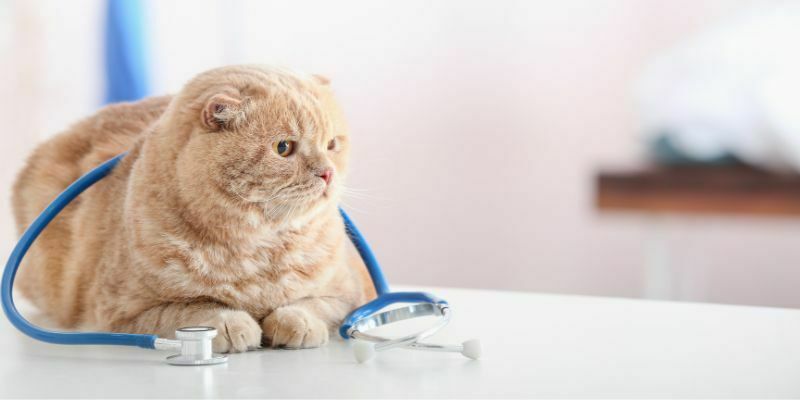 | | | Helping us to help you | | | | | | | |
Our caring staff are always happy to help unwell pets and worried pet owners. But did you know there are a couple of easy things you can do to assist your pet’s treatment as well?
Nominate the pet’s primary caregiver
If the pet’s primary caregiver brings them in for appointments, they are likely to be able to provide the most up-to-date history for the pet in regards to their current health, toileting, history of illnesses, and any current medications. This accurate information helps us to determine the most likely issues affecting your pet, and therefore the most appropriate treatment options.
Having a contact number for the nominated primary caregiver is also important if your pet is admitted to the clinic for a procedure or hospital care. If their condition changes and we need to discuss an altered treatment plan, we need to reach the “decision-maker” as quickly as possible without trying multiple numbers, especially if your pet is under anaesthetic or acutely unwell.
Bring samples (if appropriate)
If your pet is showing symptoms, such as diarrhoea or abnormal urination, bringing a sample of their faeces or urine along to the consultation for testing can assist us in making a rapid diagnosis.
If you live near the clinic, you’re welcome to pop in and pick up some urine or faecal sample containers to use. Otherwise, any watertight container (that’s been scrubbed clean with dishwashing detergent, rinsed well and dried) will do in a pinch! To collect urine from a cat, you will need to pick up some special non-absorbent litter from the clinic to help with the collection process.
Whilst these measures sound fairly simple, they can really help to streamline our diagnostic processes, enabling prompt treatment and a faster return to health for your pet!
Phone our helpful team if you have any further questions about improving your pet’s veterinary visits.
| |
|
|
| | This email contains comments of a general nature only and is not intended to be a substitute for professional veterinary advice. It should not be relied on as the basis for whether you do or don't do anything.
All content © PetPack 2022 | |
|
|
This email was sent to:
email@example.com
Champion Lake Vet Centre
121 Westfield Rd
Camillo, WA 6111
|
|
|
|